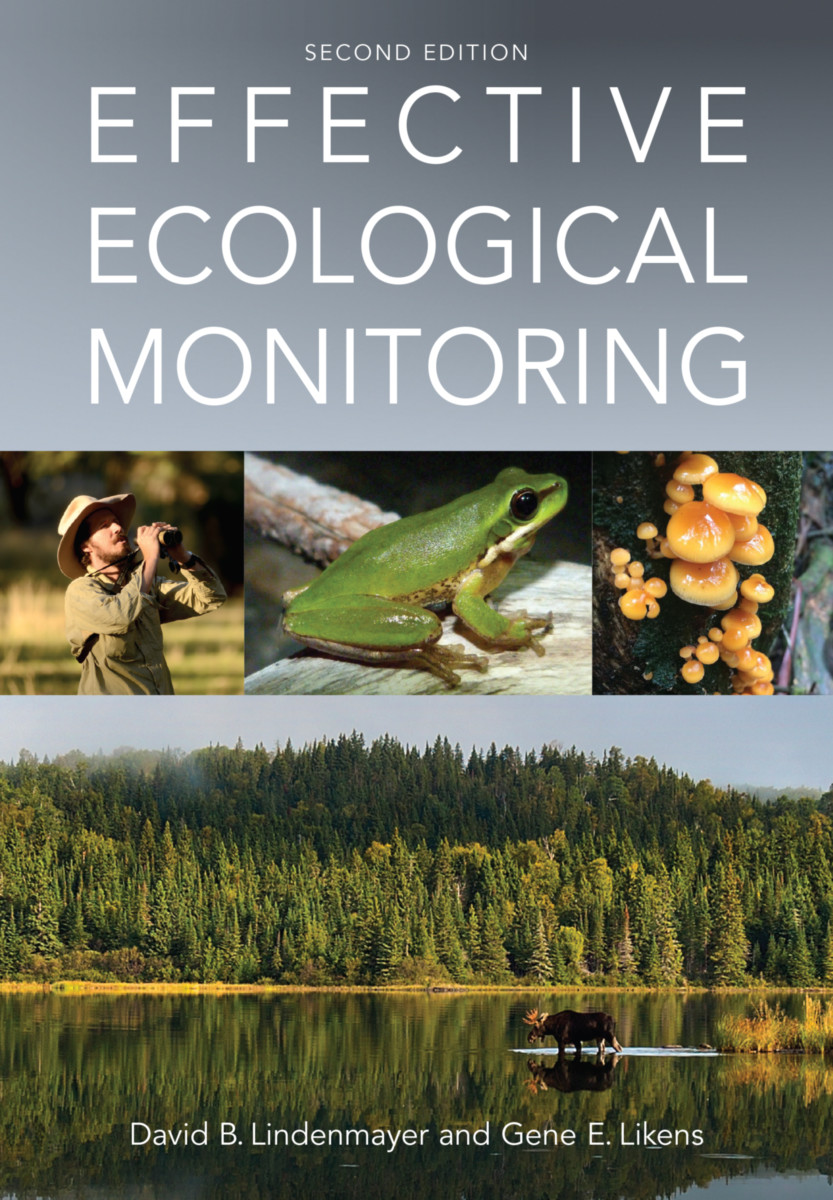EXCELLENCE IN SCIENCE PUBLISHING
Effective Ecological Monitoring Edition 2
- Publisher
CSIRO Publishing - Published
10th September 2018 - ISBN 9781486308927
- Language English
- Pages 224 pp.
- Size 6.625" x 9.625"
- Images 21 color photos, 18 illus
Long-term monitoring programs are fundamental to understanding the natural environment and managing major environmental problems. Yet they are often done very poorly and ineffectively. This second edition of the highly acclaimed Effective Ecological Monitoring describes what makes monitoring programs successful and how to ensure that long-term monitoring studies persist.
The book has been fully revised and updated but remains concise, illustrating key aspects of effective monitoring with case studies and examples. It includes new sections comparing surveillance-based and question-based monitoring, analyzing environmental observation networks, and provides examples of adaptive monitoring.
Based on the authors’ 80 years of collective experience in running long-term research and monitoring programs, Effective Ecological Monitoring is a valuable resource for the natural resource management, ecological and environmental science and policy communities.
Review of the first edition:
- Quarterly Review of Biology
"Lindenmayer and Likens have distilled decades of experience into a book about how to study the long, large, and slow processes of ecological change....This volume illuminates the practical as well as the deep intellectual challenges of long-term science."
Acknowledgments
Preface to Second Edition
1: Introduction
Some of the ecological values and uses of long-term datasets
Poor record of long-term ecological monitoring
Why we wrote this book
2: Why monitoring fails
Characteristics of ineffective monitoring programs
Other factors contributing to ineffective monitoring programs
3: What makes long-term monitoring effective?
Characteristics of effective monitoring programs
Little things matter a lot! Some 'tricks of the trade'
The adaptive monitoring framework
4: The problematic, the effective and the ugly – some case studies
The problematic
The effective
Need to wait and see
The ugly
5: The upshot – our general conclusions
Changes in culture needed to facilitate monitoring
Good things that can come from non-question based monitoring
The role of citizen science in long-term monitoring
The challenge of intellectual property and data sharing
The challenges in effective monitoring of rare, threatened and endangered species
The major challenge of keeping monitoring and long-term studies going
The big issue of integrating different kinds of monitoring
Approaches to integrate data from different kinds of monitoring
Index
David B. Lindenmayer
Professor David B. Lindenmayer AO has worked as a researcher on Australian farms for more than 23 years. He has a particular interest in improving environmental conditions on farm properties, including protecting remnant native vegetation as well as restoring and replanting it. He specializes in establishing and maintaining ecological large-scale, long-term research and monitoring programs on farms. He has co-authored a number of other books, including Natural Asset Farming and Restoring Farm Woodlands for Wildlife.
Gene E. Likens
Gene E. Likens is an ecologist best known for discovering acid rain in North America, for co-founding the internationally renowned Hubbard Brook Ecosystem Study and for founding the Institute of Ecosystem Studies in Milbrook, New York state. He holds faculty positions at Yale, Cornell and Rutgers Universities, State University of New York at Albany, and University of Connecticut and was awarded the 2001 National Medal of Science. He is the author, co-author or editor of 17 books and nearly 500 scientific papers and articles.


